Bradford, like many other cities in the UK, is a melting pot of different cultures and people. People from far and wide have shaped the city’s identity and contributed to a vibrant mix of colour and culture, while technology and media have helped them to preserve and keep in touch with their own. The National Science and Media Museum’s exhibition Above the Noise addresses the impact of technology to create an insightful overview of multicultural Britain.
Above the Noise is an experience rich in variety: old photographs sit side-by-side with cassette tape recordings you can listen to, while short films documenting the immigrant experience in Bradford play on loop. Sounds of the city radiate from a booth while old Bollywood film posters decorate the walls.

At one stage, many such stories would have remained untold. But Above the Noise shows us how technological advancement has made such stories ‘more accessible and more relevant to the everyday experiences of different people’. The exhibition highlights examples of early organisations that helped to enable this, such as the Bradford Heritage Recording Unit, formed in 1983. The Unit recorded ‘scenes of everyday life on film’ and, in doing so, documented moments that might have otherwise been forgotten.
Changes to broadcast laws in the 1990s also enabled community radio broadcasting to flourish, with Bradford Community Broadcasting allowing a diverse range of groups across the city to tell ‘our own stories in our own way’.
Above the Noise reminds us that the freedom we have to tell our own stories today—on social media platforms, and by easily recording and keeping everyday moments—is not something we should take for granted.
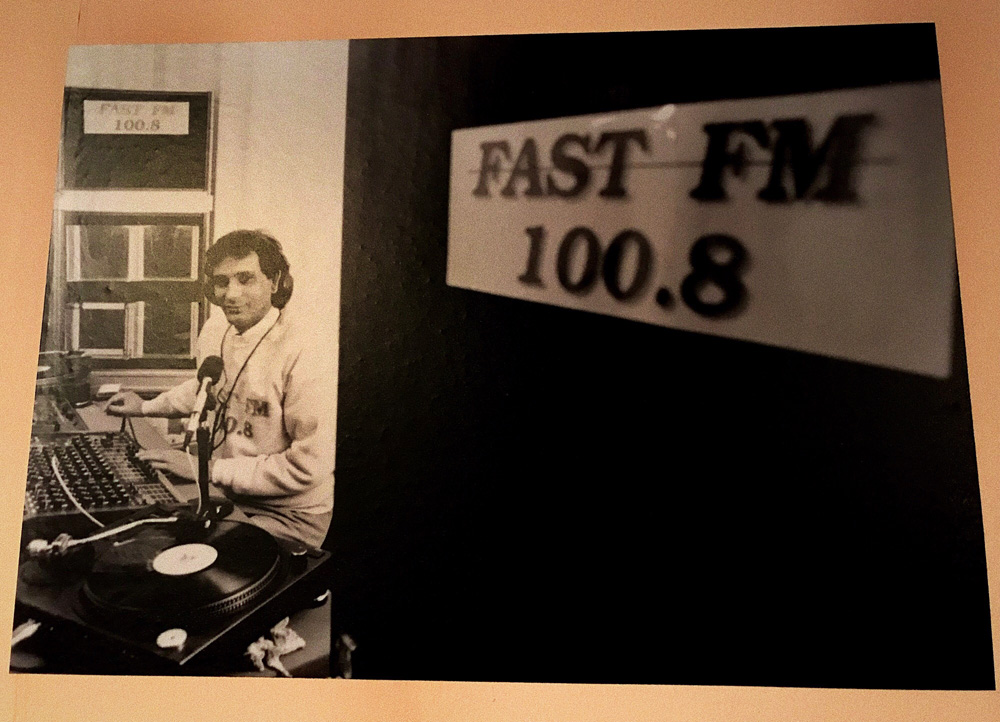
Historical stories and images make Above the Noise not just educational, but also aesthetically pleasing. We see black-and-white photographs of British Pakistani men hard at work in Bradford’s mills, evoking memories of an era where the world was smaller and the communities close-knit. Similarly, 1960s portraits from Manningham Lane’s Belle Vue Studio—largely of migrant families from the Caribbean and South Asia—are a source of both pride and nostalgia for visitors from these communities, who may even be able to recognise a grandparent or an uncle somewhere.
Above the Noise states that it is a collection of 15 stories from Bradford—but these photographs alone tell a million more.
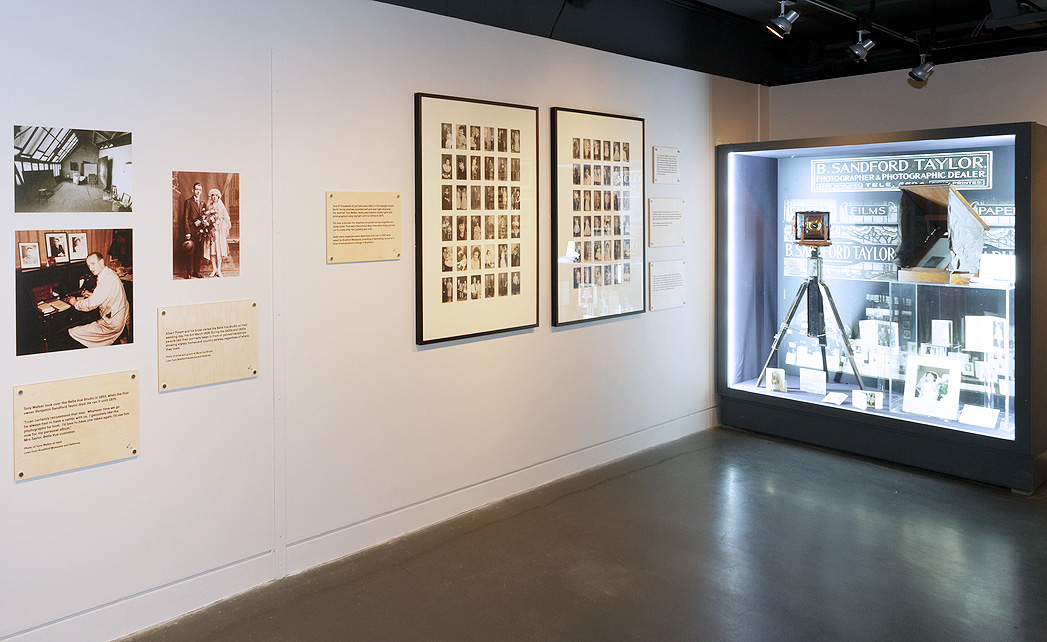
Migrant families would often send these pictures back home to show relatives, much as we might still do today via platforms like WhatsApp. One Pakistani man quoted in the exhibition says:
‘We would like to know the level of their wellbeing. We would look at their jackets, how expensive they were, or their shoes.’
Upon arriving in the UK himself later on, however, he realised that ‘there was some exaggeration’ in the photographs!
In many ways, this hasn’t changed—now, people take to social media to flaunt their wealth and show off their appearance, but is this an actual reflection of their real lives? The exhibition helps us see that today, things are so different yet so similar.
Not only does Above the Noise show us the processes in which we have been able to record and tell stories, but also how technology has assisted communication. One section reveals how Polish and Ukrainian communities in Bradford used technology to transmit news to their families back home, who lived behind the Iron Curtain under strict Soviet rule. Radio wielded such power and influence that ‘Radio Free Europe’ not only ‘helped overcome the physical barrier of their political exile in the west’, but also ‘helped to liberate Poland from Soviet rule’.
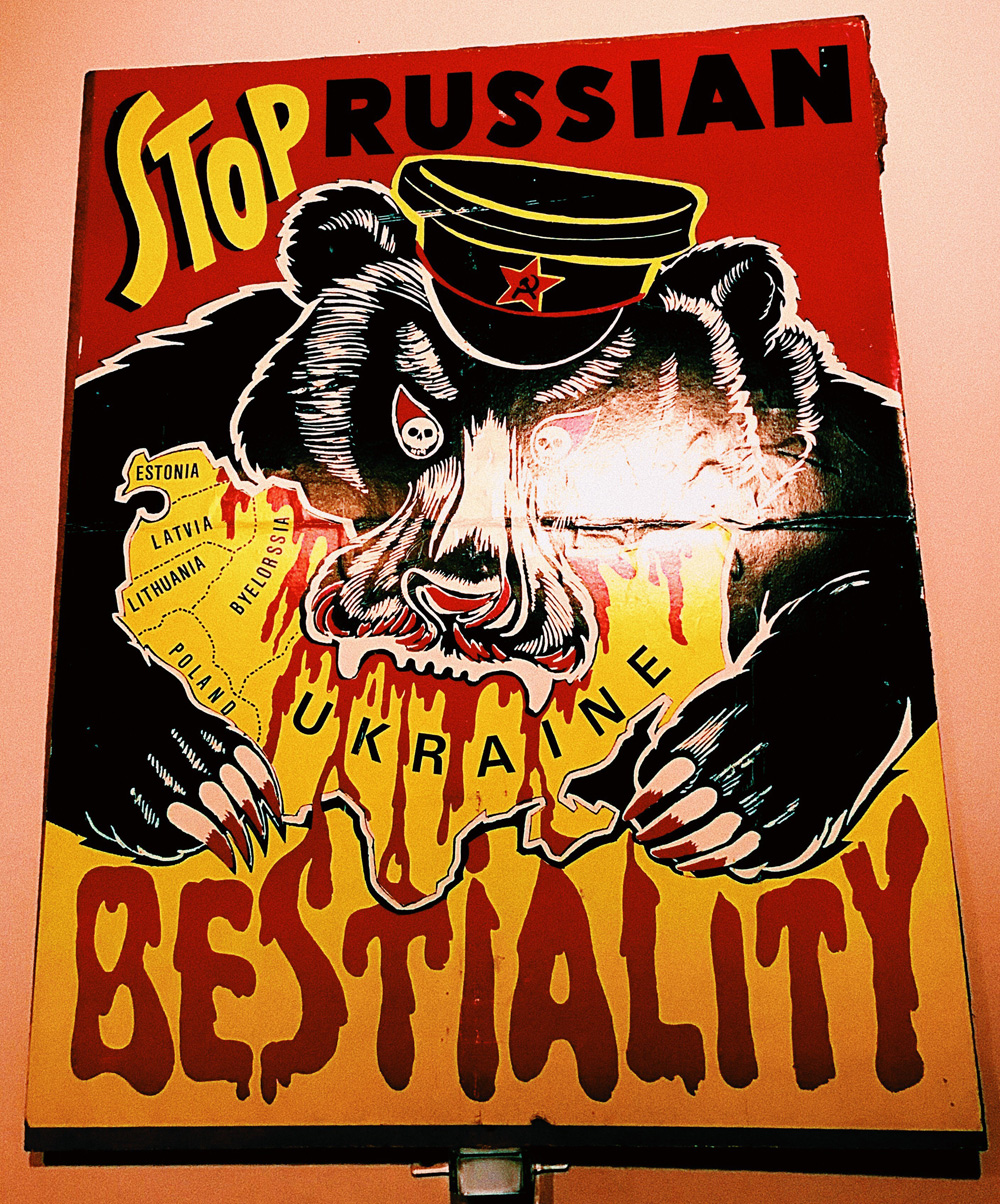
Similarly, a panel which addresses the 1947 partition of India tells us that families needed to be ‘resourceful’ in order to keep in contact, reminding us again that the simple and fast methods of contact we have at our fingertips today—such as smartphones and messaging apps—are easily taken for granted.
Furthermore, we learn how, due to the high cost of phone calls between Britain and Pakistan until the end of the 20th century, recording cassette tapes became an easier alternative for the UK’s rapidly growing Pakistani diaspora. Anyone belonging to that diaspora will feel a sense of nostalgia: the exhibition reminds us of how parents and grandparents would communicate with family from a distant and foreign, yet somehow close and familiar, land.
We are also told of technology’s role in preserving and celebrating identities. In 1960s Britain, Pakistani and Indian communities were little-understood, and their cultural interests were often not accommodated. Resourceful migrants were quick to turn this to their advantage, hosting film screenings of the latest Bollywood blockbusters. Meanwhile, jukeboxes, often housed in Asian restaurants, allowed migrants to listen to music from their homelands. The entrepreneurial spirits of these innovators attracted ‘immigrant mill and foundry workers from as far away as Newcastle and Sheffield’ here to Bradford, to watch films and listen to their favourite music.
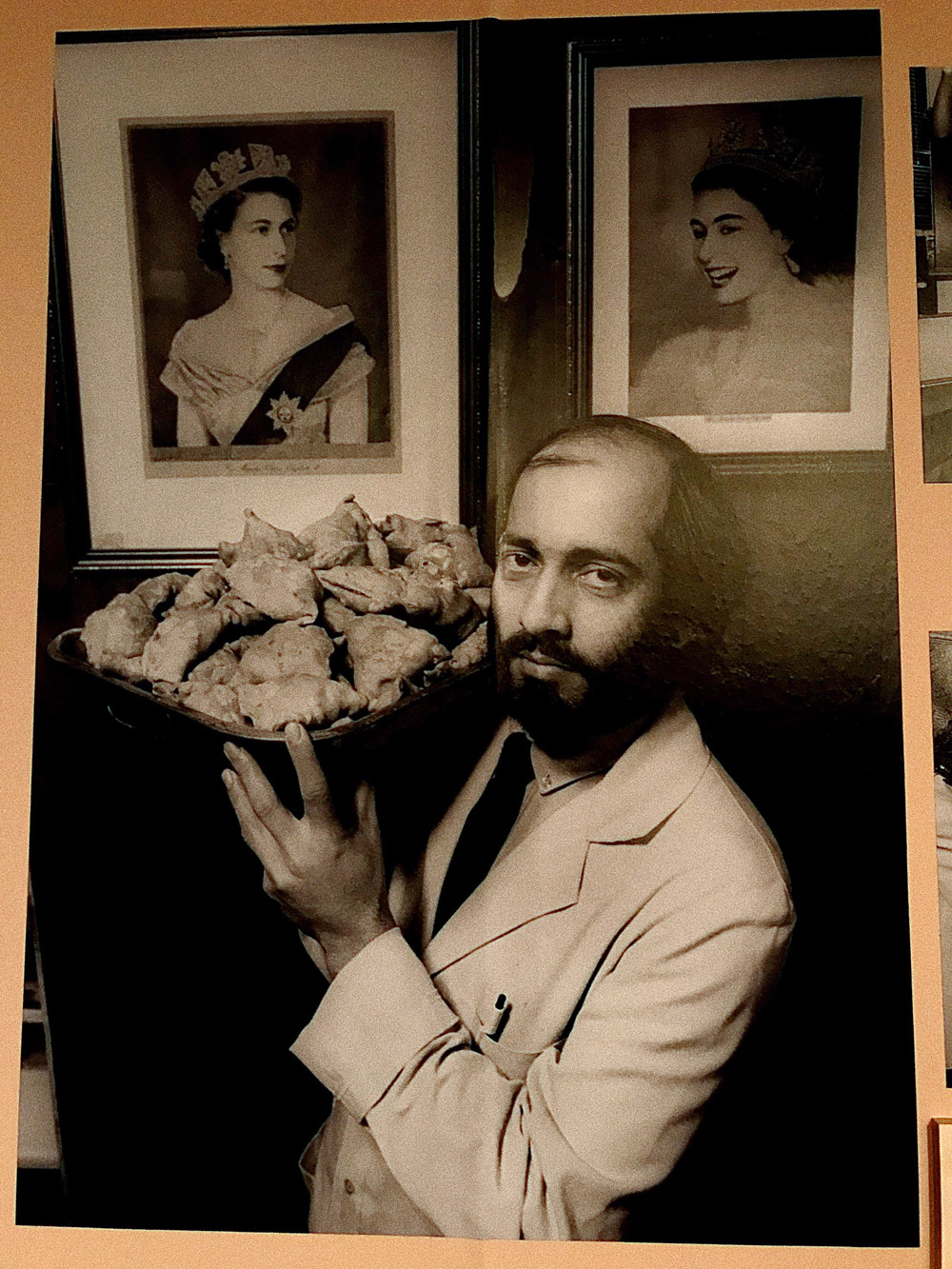
As decades passed and technology changed, a new generation of migrants and their descendants introduced bhangra daytime discos and annual melas. One quote sums up this resourceful approach:
‘A number of us got together and we said: we’ve got our own culture. We need to be promoting that and creating our own British Asian identity in West Yorkshire.’
Years later, it is easy to see how the actions of previous generations have given so much to the current ones—especially in an era where British Asian identities have had to stand firm in the face of many harmful narratives. Today, films and TV shows like East is East, Yasmin and the BBC’s Man Like Mobeen address British Pakistani identity and the changing experiences of the community.

Above the Noise champions wholesome and positive stories told by communities here in Bradford, propelling them into a spotlight that often only shines on them for the wrong reasons. The exhibition succeeds in being representative of all groups. Race and identity are discussed by British Muslim girls in a short film created by the very talented Nabeelah Hafeez, which is located opposite Polaroid photographs from a British Jamaican home, which themselves sit across from stories of family and poverty in Ireland. In total, we are told 15 stories that the mainstream media would probably fail to address.
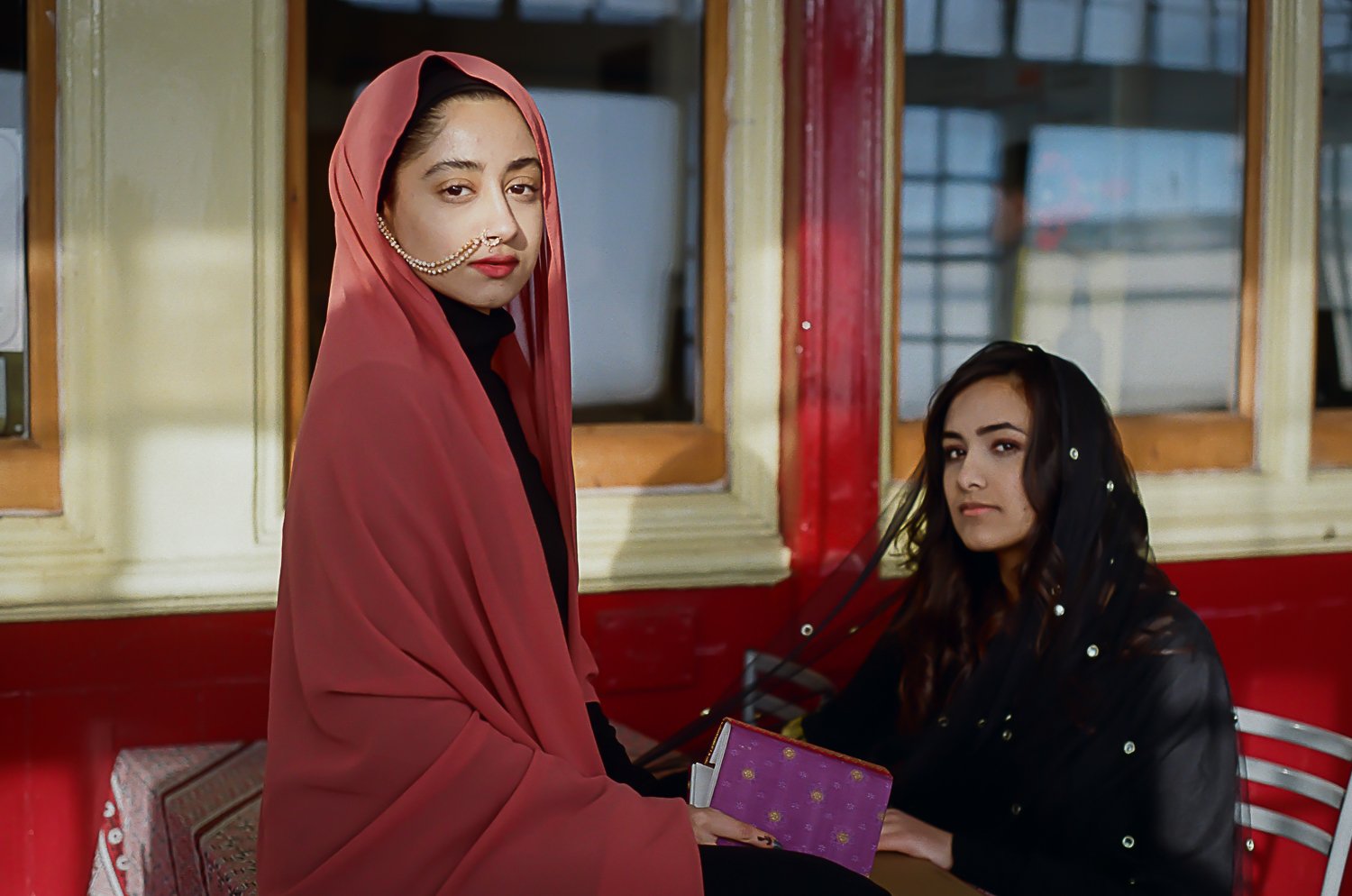
Finally, Above the Noise encourages visitors to take the exhibition’s creative approach beyond the galleries:
Do you see yourself or your community represented in the mainstream media? If you don’t, work with others to make new alternative platforms and distribute your own content.
Regardless of what city you call home or what background you’re from, Above the Noise is an inspiring exhibition and an experience not to be missed.
Above the Noise is open at the National Science and Media Museum until 19 June 2019.
Very interesting and well written
Excellent piece! Really good summation if the exhibition. Immigrants make Britain great!
A great read. This is a real step back in to the past, steeped in rich memories and nostalgia. Growing up in Britain during the 80’s was a real mix of both eastern and western cultures whether this was fashion, music or films. Myself and many of my contemporaries all experienced living in one culture by having roots in another…
A great read- interesting and perceptive..and very well written
I visited the exhibition and like your summary of its content. We are using the ideas from the exhibition and the views of the bloggers in our Geography A level course module on Diversity. We are based in Brighton and Hove.